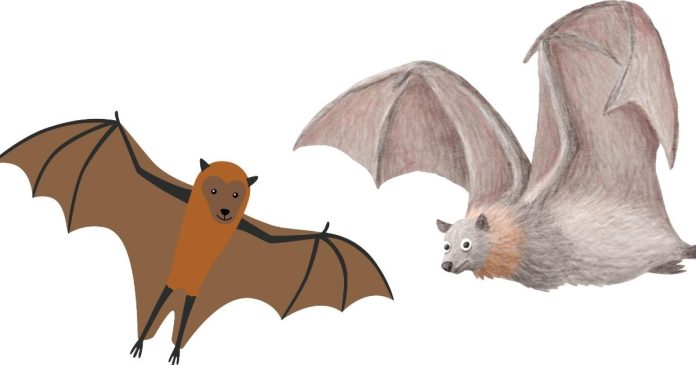Flying foxes, also known as fruit bats, are some of the largest bats in the world and belong to the genus Pteropus. These fascinating creatures are primarily known for their role in pollination and seed dispersal in tropical and subtropical regions. But have you ever wondered what a group of flying foxes is called?
A group of flying foxes is referred to as a colony or a camp.
Understanding the Terms “Colony” and “Camp”
Colony
The term colony is widely used to describe groups of bats, including flying foxes, that live and interact socially. Colonies can range in size from a few individuals to thousands, depending on the species, availability of resources, and the time of year.
Camp
The term camp is specifically used to describe the large, often noisy roosting sites of flying foxes. These camps are typically found in trees, where flying foxes hang upside down in groups during the day. Camps can consist of hundreds or even tens of thousands of individuals and are important sites for resting, breeding, and social interaction.
Behavior of Flying Foxes in Colonies or Camps
Flying fox colonies are highly social and exhibit complex behaviors. Here’s what you can observe in these groups:
- Roosting Together: Flying foxes roost in trees during the day, hanging upside down and staying close to one another for protection.
- Noisy Communication: Their camps are often loud, with constant chattering as they communicate through a variety of vocalizations.
- Breeding and Rearing Young: Colonies serve as breeding grounds. Female flying foxes give birth to a single pup, which they nurture and protect within the colony.
- Foraging at Night: Flying foxes are nocturnal and leave their camps at dusk to forage for fruits, nectar, and flowers, playing a vital ecological role.
The Ecological Importance of Flying Fox Colonies
Flying foxes are critical to the health of ecosystems. Their colonies contribute to:
- Pollination: Flying foxes pollinate flowers as they feed on nectar, ensuring the reproduction of various plant species.
- Seed Dispersal: By consuming fruits and dispersing seeds over wide areas, they help regenerate forests and maintain biodiversity.
- Ecosystem Balance: Their role as pollinators and seed dispersers supports the balance of tropical ecosystems.
However, their colonies are under threat due to habitat destruction, climate change, and human conflict. Protecting these groups is essential for sustaining the ecosystems they support.
A group of flying foxes is called a colony or a camp, reflecting their social and roosting behaviors. These gatherings are more than just social hubs—they are vital for the survival of the species and the health of the ecosystems they inhabit. By understanding and protecting flying fox colonies, we can ensure that these remarkable creatures continue to play their essential role in nature.


